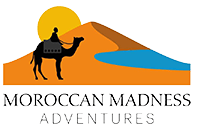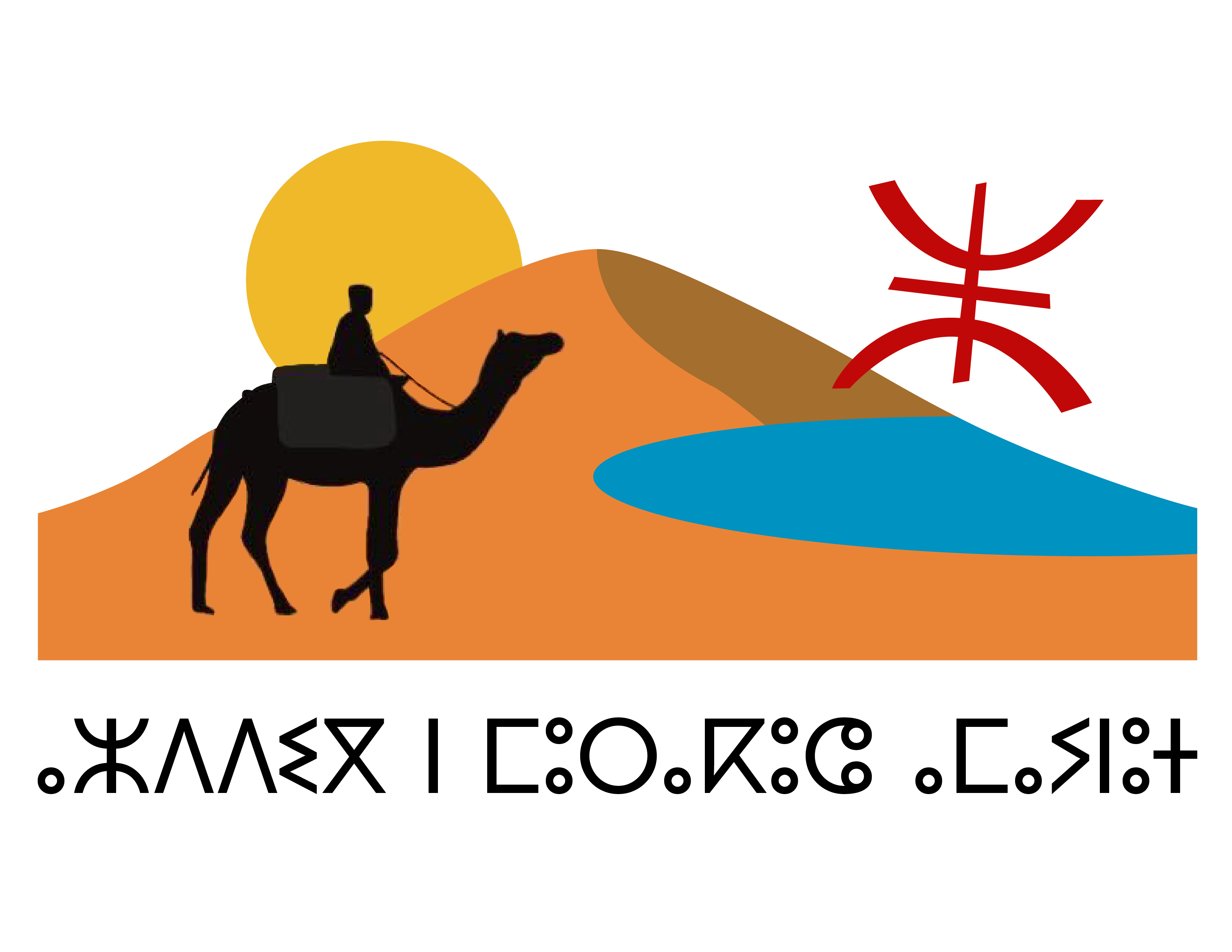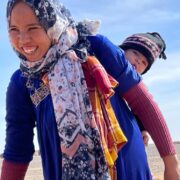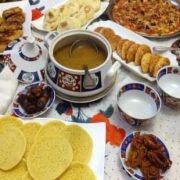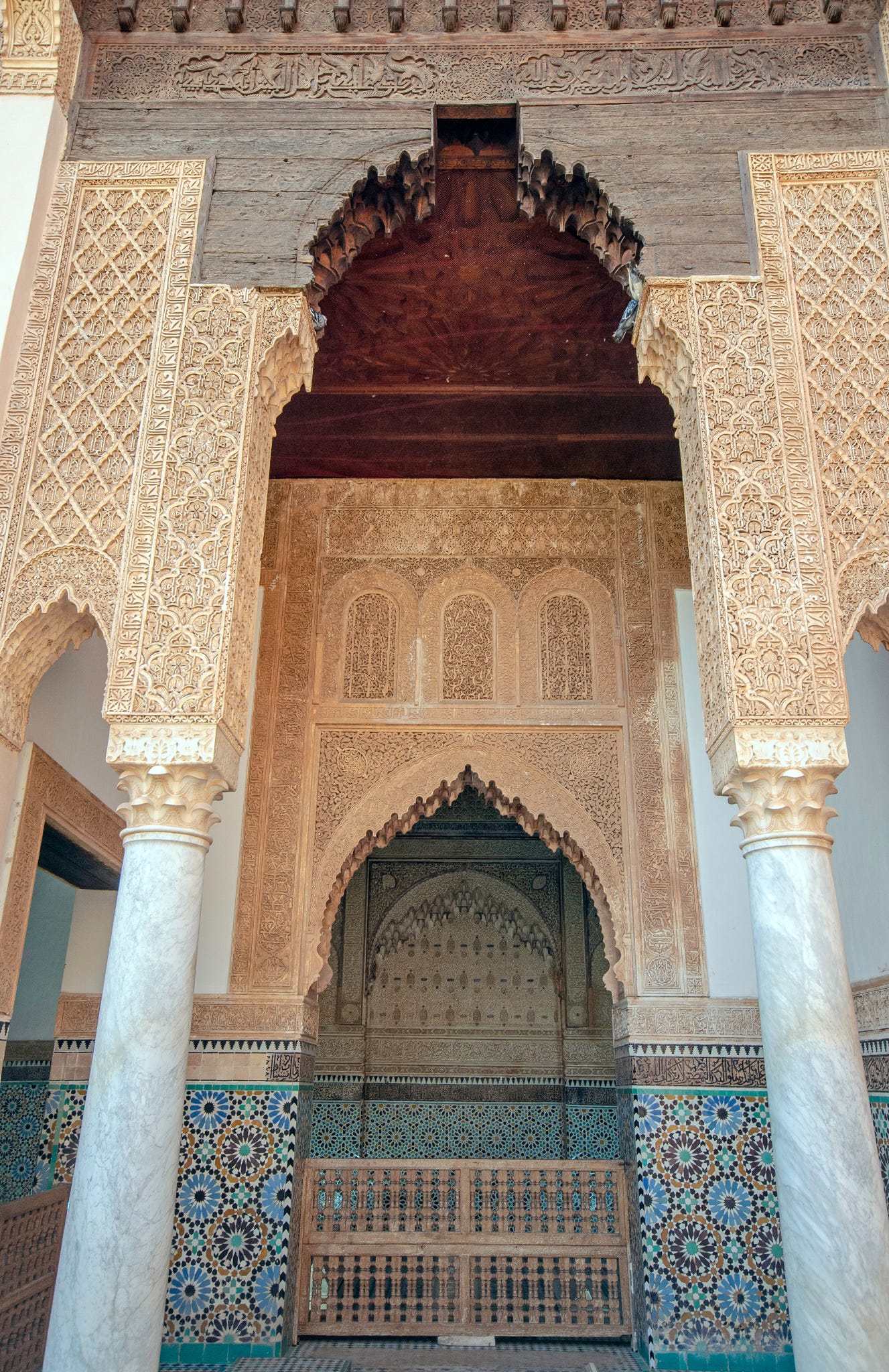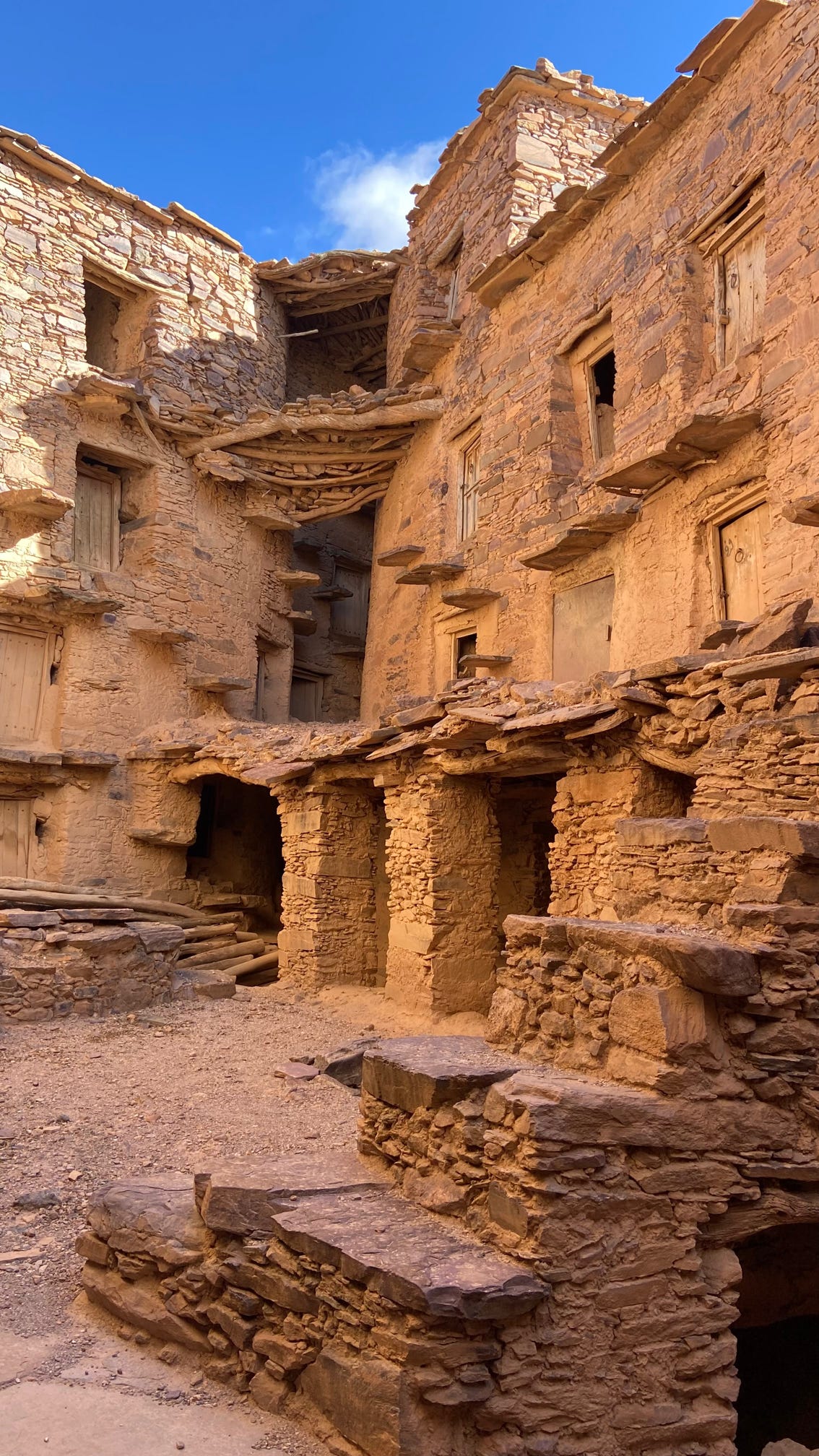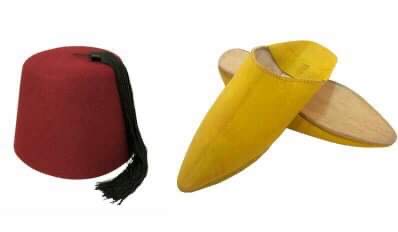
Traditional Clothes of Morocco: Timeless and Beautiful 6 Iconic Styles to Know
Morocco is an ancient country with a history spanning thousands of years. Many Moroccans still wear traditional clothing, particularly in the Berber and Sahara regions. While modern western fashion is common, the traditional clothes of Morocco remain a strong cultural symbol which represents the country’s rich and diverse cultural influences. These garments blend practicality with elegance, often featuring intricate embroidery, flowing fabrics and distinctive designs that have been passed down through generations. Worn for both every day and special occasions traditional clothes remain an improtant symbol of identity and heritage
A Blend of Cultures in Traditional Clothes of Morocco
The Traditional Clothes of Morocco are a reflection of its diverse heritage, influenced by the mixture of cultures including Berbers, Jews, Moors, Arabs, and even Romans. Each group has contributed to the traditional clothes of Morocco, enhancing the different styles, creating a unique and vibrant wardrobe.
The Djellaba: A Common Traditional Garment
Walking down any Moroccan street, you will be likely to see men and women wearing long, loose, hooded garments called djellabas. These garments cover the entire body except for the head, hands, and feet and are worn in all seasons. You will see many styles, materials and colours and many beautifully embroidered.
Difference Between Men and Womens Djellabas
The djellaba differs in style and purpose for men and women. Women wear them for comfort and modesty, often pairing them with a scarf around their neck or head. Men wear djellabas mainly to keep warm, for visits to the mosque, and to protect their clothing underneath.
The djellaba’s hood serves different purposes. For women, it is mainly decorative, whereas for men, it is used as a hat for sun protection or even as a pocket. Women’s djellabas are typically more colorful and are mostly worn outside the home. Special occasion djellabas are generally worn with a traditional red hat called a tarboosh and also Moroccan slippers known as belgha.
The Caftan and Takchita
The Caftan and Takchita are well-known, and very elegant, Moroccan dresses, often handmade and worn for special occasions. The caftan originates in the Ottoman Empire and is a one piece dress made of fine fabric, typically worn at weddings, baptisms, and circumcision ceremonies.
The Takchita, on the other hand, consists of two layers. The first is the Takchita itself, and the second is the Dfina, a decorative overlay. As with the caftan, it is also worn at weddings and celebrations, making it a staple of Moroccan festive attire.
The Haik
Women in Morocco also wear a garment called the Haik. This is traditionally a white garment and is made from silk and wool, making it ideal for winter. It covers the entire body except for the face and hands and is crafted from a single piece of fabric. It symbolises modesty, elegance and cultural heritage
The Gandoura
A popular and comfortable summer garment worn by both men and women is the Gandoura. This is a Berber traditional outfit characterised by its short sleeves and side pockets. It is worn for its breathability and comfort during Morocco’s hot summer months.
The Melhfa
Finally, we have the Melhfa, a traditional garment worn by Sahrawi women, particularly near the city of Melhfa. Unlike the djellaba, it is made from bright colors and is designed to protect against sand, wind, dust, and desert storms. It is typically black or blue, offering both functionality and style.
The Traditional Clothes of Moroccan are deeply rooted in history and culture. From the versatile djellaba to the elegant caftan and practical Melhfa, these garments reflect Morocco’s diverse heritage and the daily needs of its people. Whether worn for special occasions or everyday life, traditional Moroccan attire continues to be a symbol of identity and pride.
Table of Contents
contents
